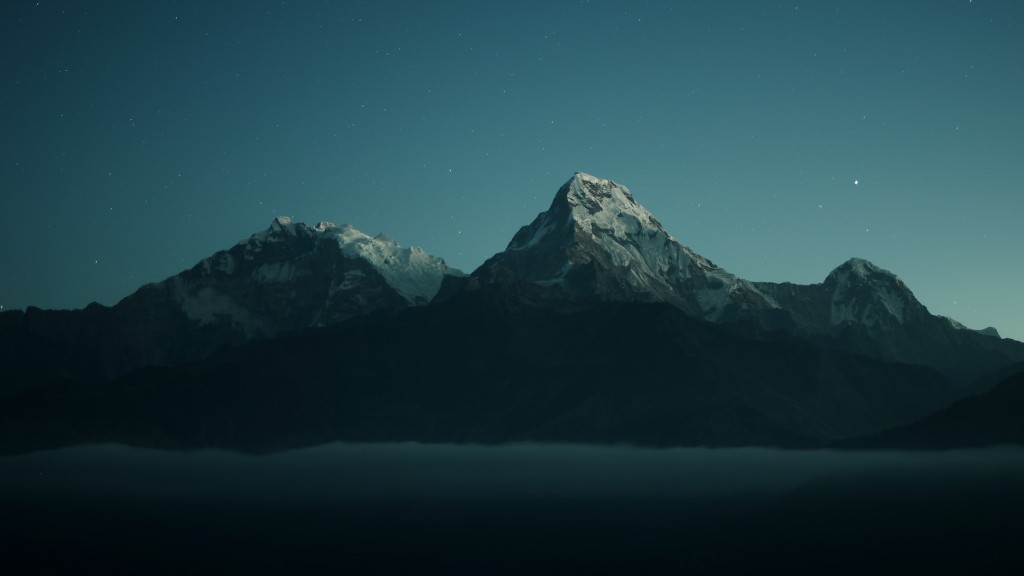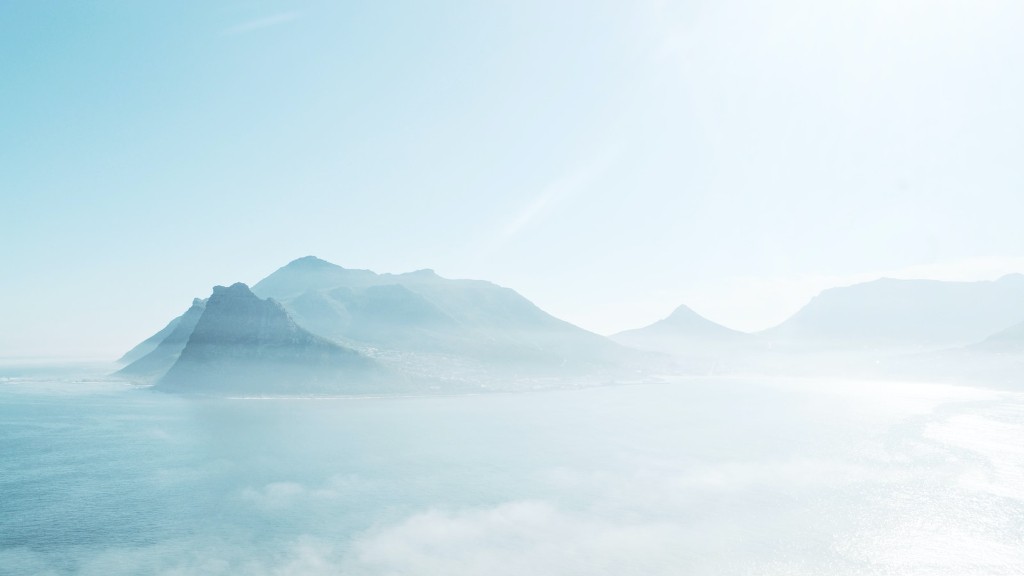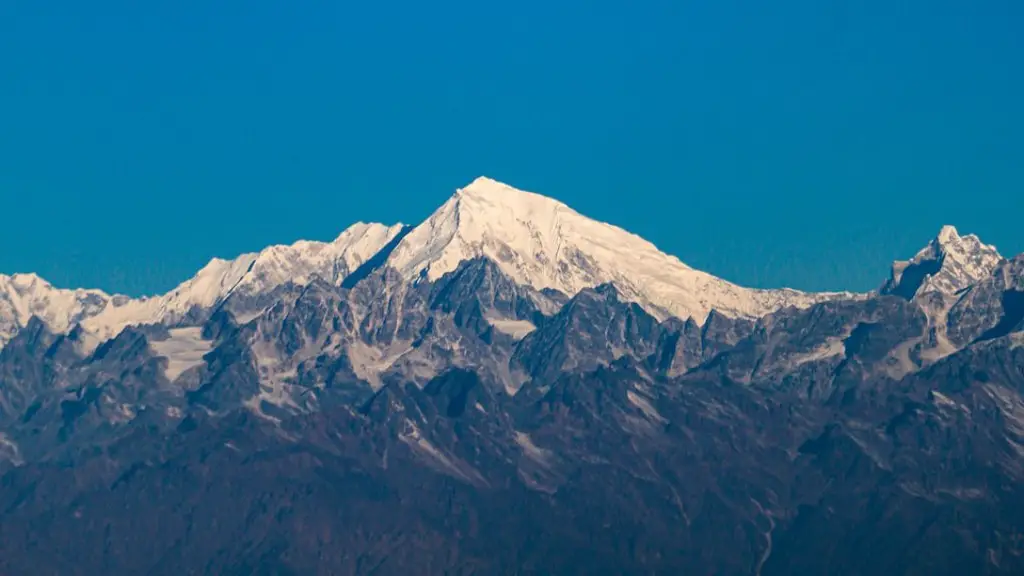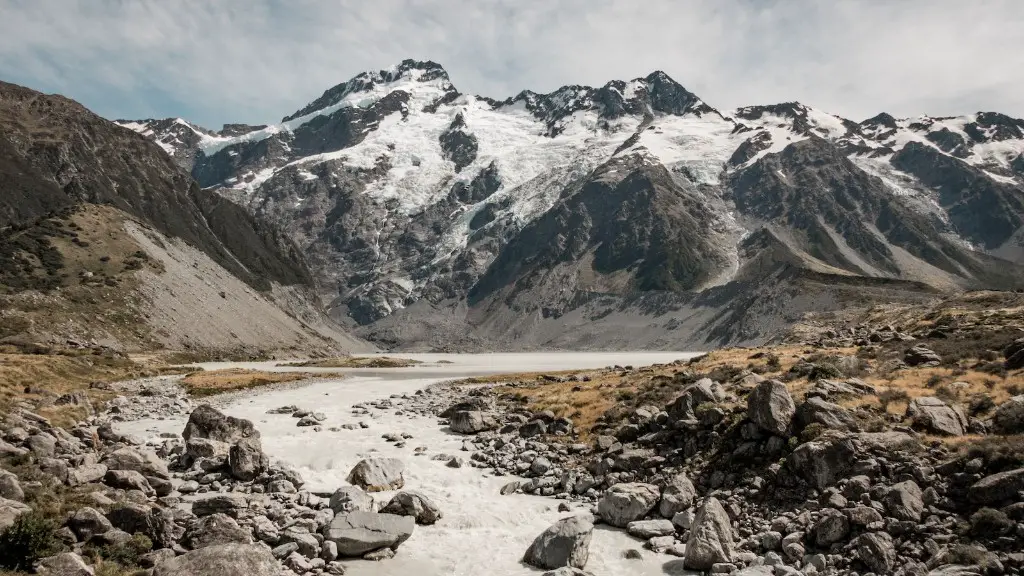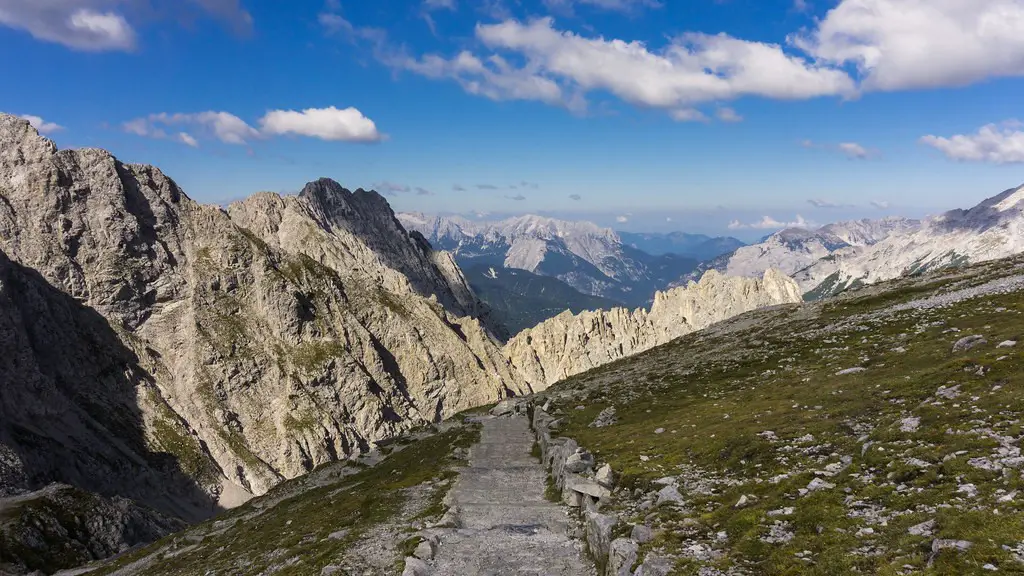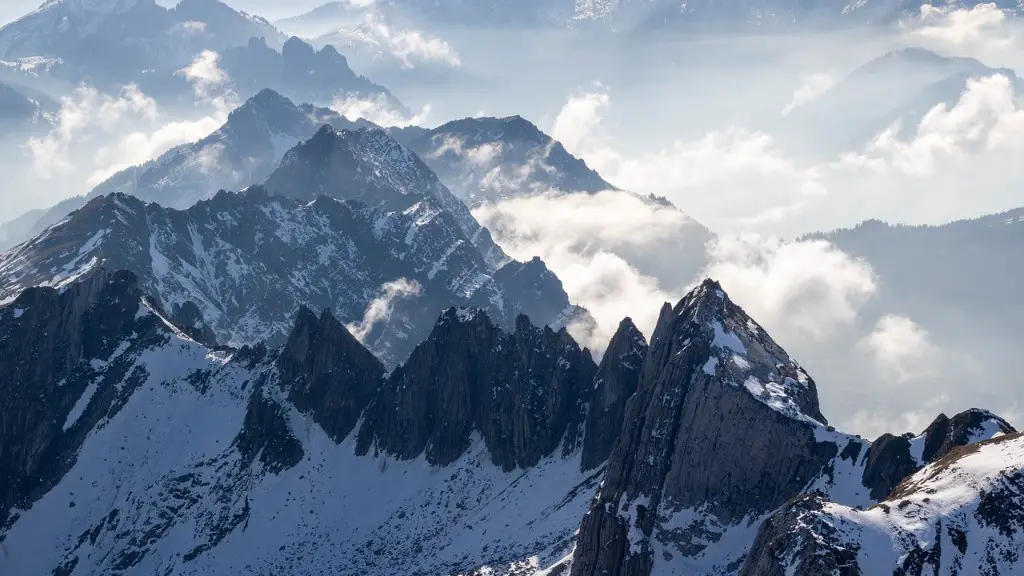Climbing Mount Kilimanjaro is no small feat. At 19,341 feet, it is the tallest mountain in Africa and the highest free-standing mountain in the world. The hike up Kilimanjaro is not terribly technical, but it is very strenuous. You need to be in good physical condition and have a lot of stamina to make it to the top. The ascent is long and arduous, taking anywhere from five to nine days. The last few thousand feet are the most difficult, as you climb through the “roof of Africa.” But summiting Mount Kilimanjaro is an incredibly rewarding experience. The views from the top are breathtaking, and you will feel a sense of accomplishment that is unlike any other.
There is no definitive answer to this question as it depends on a number of factors, such as your level of fitness, experience with hiking and mountaineering, and the route you choose to take. However, overall, Mount Kilimanjaro is considered a difficult hike, and most people take 5-7 days to reach the summit.
Can a beginner climb Kilimanjaro?
Yes, beginners can climb Kilimanjaro, but they should be aware of the conditions, seasonal climates, costs, and requirements before they attempt to do so. Climbing Kilimanjaro is a challenging experience, and beginners should make sure they are prepared for it before they embark on the journey.
The average person can definitely summit Kilimanjaro successfully with the right preparation. Being too fit can actually be harmful, so you don’t need to be in great shape. You also don’t need any technical climbing skills. With the right preparation, anyone can do it!
Is Mt. Kilimanjaro difficult to climb
If you are considering climbing Mount Kilimanjaro, be aware that it is a fair difficult mountain to climb. More than 50% of the climbers suffering from mountain sickness, Kilimanjaro is an extreme altitude mountain trek. Measuring 19,341 feet, or 5,895 meters, you will need to prepare well and train before attempting to climb Kili.
It takes five to nine days to reach the Mount Kilimanjaro Summit, and then descend to the finishing point. The more days spent on Mount Kilimanjaro, the more likely you will successfully summit, as you will become more acclimatised to the altitude and will be less fatigued.
Do you need oxygen to climb Kilimanjaro?
Kilimanjaro’s altitude is a significant challenge, but climbers do not need supplemental oxygen to climb Kilimanjaro or reach the summit. To reach to the summit, climbers use the acclimatization method of walking slowly “pole pole” and climbing high during the day, followed by descending to a lower altitude to sleep at night.
While there are definitely aspects of the Everest Base Camp trek that are more difficult than Kilimanjaro, most people would say that Kilimanjaro overall is the more difficult of the two. The main reason for this is summit night – it’s a biggie. You’re essentially hiking from high camp up to the summit (which is almost 9,000 feet), and then back down to high camp, all in one night. It’s a long, tough haul, and not something to be taken lightly.
How much does it cost to climb Kilimanjaro?
The average cost to climb Kilimanjaro can range from $2000 to $6000, depending on the tour operator. There are various, unavoidable fixed costs to any tour operator and if a climb seems too cheap, you’ve got to ask yourself why. Large Western travel agents may charge more, due to their overhead costs, but you may be able to find a cheaper, budget operator. Do your research to find the best deal for you.
On summit day, you’ll need to hike for around 12 to 16 hours to reach the Uhuru Peak, the summit of Kilimanjaro. This is because your hike to the peak takes around six or seven hours, but you must then descend a long way to reach that night’s campsite. Most days you’ll hike for around four to six hours, so make sure you’re prepared for a longer day on summit day.
What fitness level is Kilimanjaro
If you’re thinking of climbing Kilimanjaro, be aware that it’s graded as strenuous and you should be in good physical fitness. It’s also a good idea to have experience of multi-day trekking or walking trips before attempting Kilimanjaro. With that in mind, make sure you’re adequately prepared and you’ll have an amazing experience.
Statistics show that there is only a 003% chance of dying on the mountain—a far cry from mountains like Everest. Around 30,000 people climb Mount Kilimanjaro every year. Considering that only a handful of people die every year, that’s not bad.
Can an unfit person climb Kilimanjaro?
You want to be in good physical shape to climb Kilimanjaro, but there’s no need to be super-fit. This is a trek, not a climb after all, and if you can run for 30 minutes two to three times a week, and enjoy an all day hike at weekends, you should be fine. That said, many people do underestimate Kili.
Mt. Kilimanjaro is one of the most popular mountains in the world, with approximately 50,000 trekkers attempting to reach the summit every year. However, according to research published by the Climb Kilimanjaro Guide, the average summit success rate across all climbers and routes is only 65%. This means that a significant number of people who attempt to summit Mt. Kilimanjaro every year are unsuccessful.
How cold is it climbing Kilimanjaro
The altitude and time of day have a big impact on the temperatures on Mount Kilimanjaro. At the base of the mountain, the average temperature is around 21 to 27 °C and at the summit, Uhuru Peak, the night time temperatures can range between 20 and -20 degrees Fahrenheit (-7 to -29 degrees Celsius).
Climbing Mt Kilimanjaro is a challenge that is well worth taking on. The rewards of summiting this iconic peak are numerous and include a sense of achievement, bragging rights, and an unforgettable experience. While there are some risks associated with the climb, these can be easily mitigated by being prepared and knowing what to expect. So if you’re looking for an adventure that will push you to your limits, Mt Kilimanjaro is the perfect goal to set your sights on.
Can Kilimanjaro be climbed in a day?
If you’re considering climbing Mount Kilimanjaro, you should plan on spending at least five days on the mountain. However, a minimum of six days, and ideally seven or eight, offers a far better chance of reaching the summit. For those with more time to spare, there are several more gradual and scenic ascent routes that can be done over 10 or more days. Whichever route you choose, be sure to be well-prepared and acclimatized to the altitude before embarking on your journey.
If you’re planning on climbing Kilimanjaro, it’s best to avoid the Western Breach Route. This area has seen tragic deaths in the past due to rock falls, and while the other routes up the mountain are perfectly safe, the Western Breach Route is not. So play it safe and choose one of the other routes.
Final Words
Climbing Mount Kilimanjaro is no small feat, but it is possible for hikers of all skill levels. The biggest challenge is simply making it to the summit, which requires a strenuous hike that can last for several days. However, the views from the top are more than worth the effort, making Mount Kilimanjaro a popular destination for hikers from all over the world.
In conclusion, it is safe to say that hiking Mount Kilimanjaro is not easy. It requires a lot of preparation, both physical and mental, and even then it is still a difficult and challenging hike. However, the rewards of reaching the summit are well worth the effort, and the experience is unforgettable.
